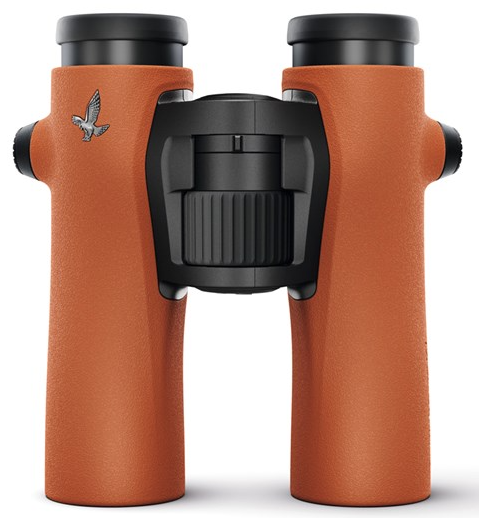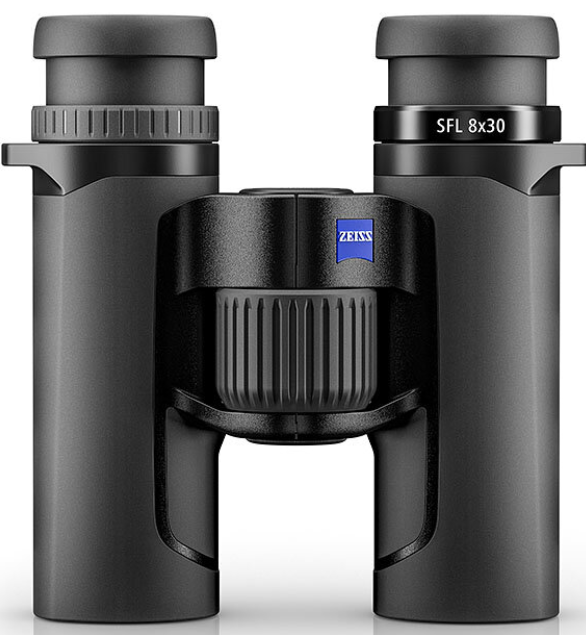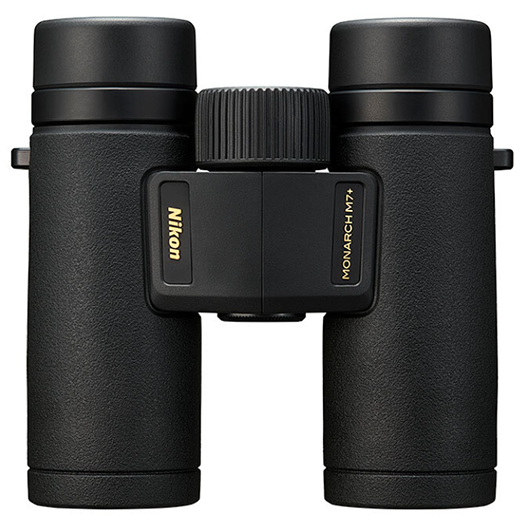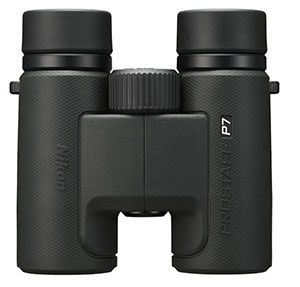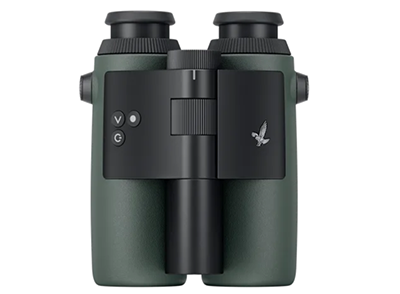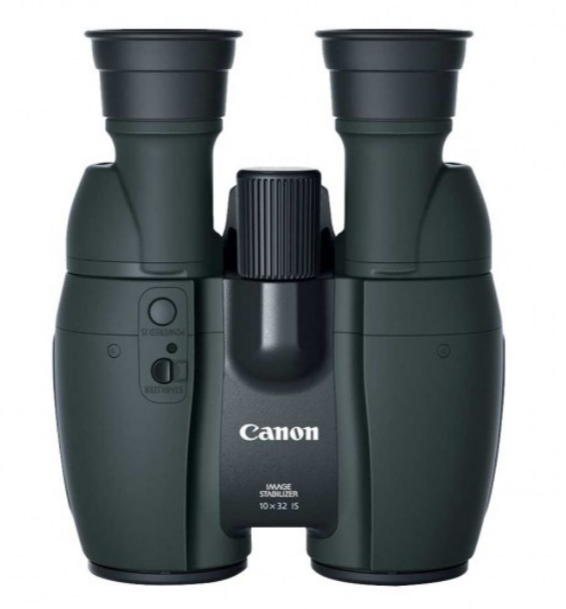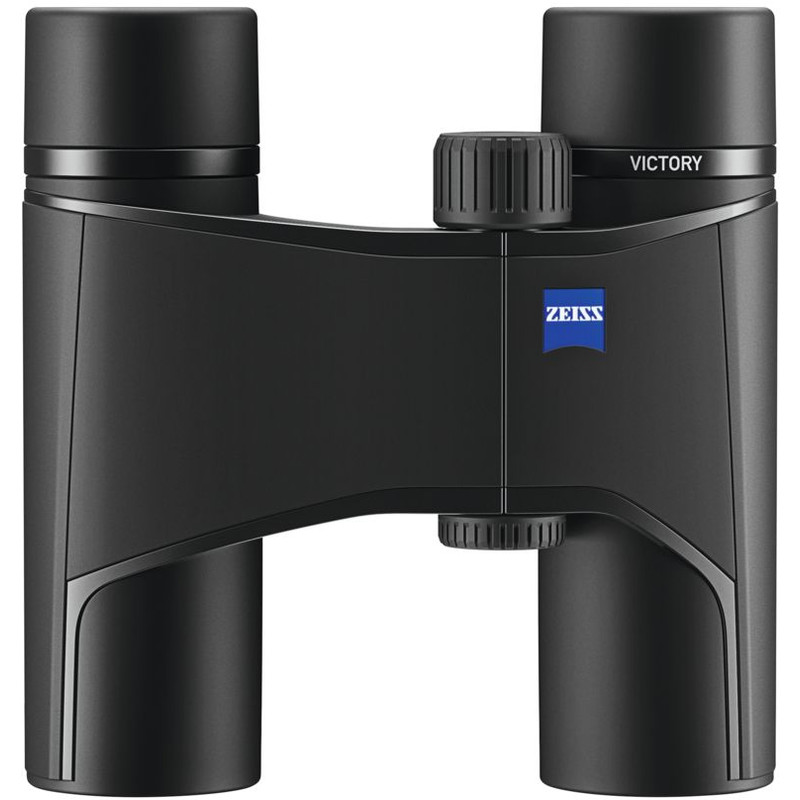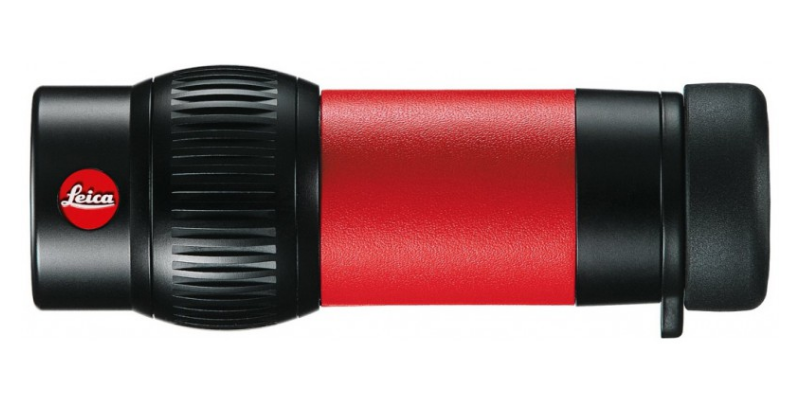Binoculars
Highest Quality (Jan. 2025)
The high end versions of Zeiss, Leica and Swarovski costs around 2,500 USD and all have razor sharp images with the highest light transmission, and a wide field of view. Swarovski has been known for their very good service and accessories hence the most popular high end brand in many countries. The latest version 8x32 NL Pure has a field of view of 8.5° or 150 m at 1000 m, but not as wide as Zeiss 8x32 Victory SF which has 155 m at 1000 m and is also more light weight! Both are great buys.
Upper Midrange
For about 1,500 USD you will get a top notch binocular and after reviewing countless of midrange binos I believe the new Zeiss 8x30 SFL takes the top spot beating the Swarovski 8x30 CL mainly because of its a field of view of 8.2° or 142 m at 1000 m and its lighter weight.
Lower Midrange
Binos at about 500-600 USD is usually where I draw the line. Below this mark the binoculars are difficult to compare as there are so many options and they are good to really bad. But the Nikon Monarch M7+ stick out as a surprisingly good pair. The Nikon M7 Plus edition improves the standard M7 with field flattener lens technique to allow for optimal sharpness all the way to the edge of the 8.3° or 145 m at 1000 m wide field of view.
Budget Binocular
If cost is of most importance then there are plenty of options around 100-200 USD. But you must test them out, and try some of the more well known brands. I was impressed by the Nikon Prostaff P7 8x30 which has an impressive field of view of 8.7° or 152 m at 1000 m.
Smart-Binocular
This is the worlds first binocular that integrates with Merlin Bird ID to give suggestions as to what you are watching. Though not perfect it is really fascinating. It is similar to how you can use your mobile phone microphone to record birdsounds with the Merlin Bird ID app to determine a birds species in real-time. Even if it sometimes give you the wrong species, the fact that it analyzes and often give you the likelyhood of a species is a great educational tool!
Image Stabilized (IS)
They have been around for a long time. Quality and battery life has increased and they can be nice to have on a seabirding trip. Canon has been a leader in this niche, but the angle of view is still a big drawback for birders. Other manufacturers include: Kite Optics, Fujinon and Nikon
Pocket-Binocular My Choice!
I chose the Zeiss 8x25 Victory Pocket as my primary binocular. It weighs a puny 290 g, a field of view of 7.5° or 130 m at 1000 m, a bright image, quick and near focus, as well as being fog and water proof. It has a bit narrow depth of field and field of view. But still the best binocular for trekking and travels! I find the Swarovski CL Curio 7x21 to be too limiting, and The Zeiss 8x20 Victory Compact is too dark, and Leica 8x20 has too narrow field of view.
Monoculars
I believe monoculars are difficult to use for birding. I have tried out several of them, especially the larger versions from Opticron, but this puny one from Leica has the by far best optics.
